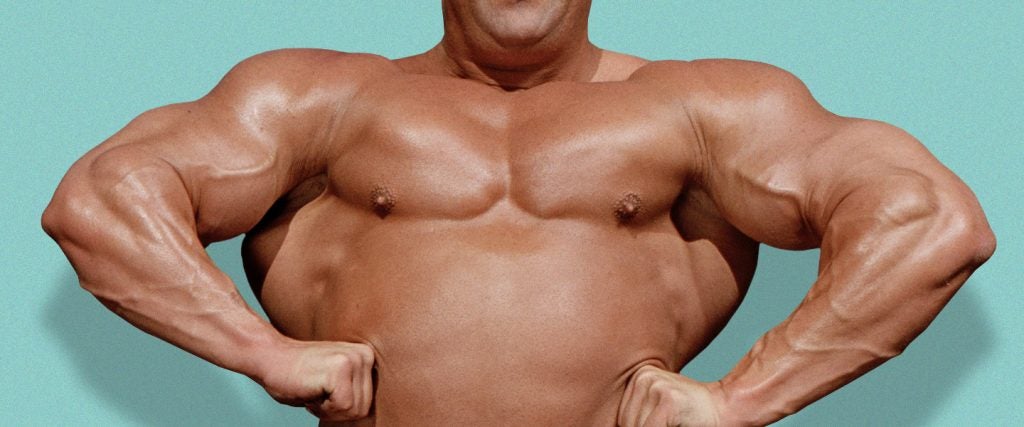Over my weightlifting years, I’ve grown to learn that guided machines retain a clear, demonstrable value that should be neither overlooked nor exaggerated. Case in point: The Smith Machine has the stylistic benefit of closely resembling an authentic barbell bench press while only superficially offering the functionality of one. If you deprive a standard barbell bench press of most of what makes it such a tremendous exercise — namely the requirement that you stabilize the weight and simultaneously limit its three-dimensional movement while you guide it down and up again — what you’re left with is a subpar approximation of the genuine exercise.
It’s not that I hate the Smith Machine, because it undeniably has its benefits, especially if you’re rehabilitating from certain injuries or training the legs from specific angles. It’s just that there are plenty of better options amongst chest-pressing machines if the goal is to fully train and develop the chest muscles.
So which machines should I be selecting for chest training if I shouldn’t use a Smith Machine?
The answer is somewhat dependent on a number of different assumptions. Were you able to begin your workout with an authentic dumbbell bench press? Have you partaken in any other chest-training exercises beforehand — e.g., push-ups or dips? Are you relying upon this pressing machine to provide you with your major lift on chest day, or are you merely using it as a way to finish things off and leave your chest thoroughly pumped at the conclusion of your training session?
Understood. But can I get some specific machines already?
Fine.
I very much like the plate-loaded Hammer Strength chest press machine, whether it’s the standard press or the incline press. The movement path of the Hammer Strength machine is consistent with the natural motion of your hands whenever you push them straight out in front of you — they automatically move from a wide to a narrow position. On a Smith Machine, your hands are locked in a position that will always prevent you from taking the chest through its full range of motion no matter how much weight you load it with; this is not a problem on a Hammer Strength machine.
The plate positioning on this machine also makes the pressing application more natural, since you’re technically pressing a weight positioned in front of you, as opposed to pushing against a cable system that’s pulling a weight located behind you. These may be minor details in the long run, but they still matter.
Moreover, there’s zero chance that you’ll find yourself compromised by a solid weight bar that you’re unable to twist and secure at the conclusion of your lift.
What else?
As a second choice, I’d opt to train on any of the selector-pin chest-pressing machines that enable a rapid transition from one weight to another. The Life Fitness Chest Press is a great example of that. One of the foremost benefits to using a machine over a free-weight arrangement — in the instances where such a statement can be reasonably made — is if the machine minimizes rest time, enabling you to progressively break the pectoral muscles down until they can’t support another pound.
This is another advantage possessed by some machines that’s impossible to replicate on a Smith Machine, which prevents you from rapidly boosting or reducing the weight you’re lifting. To say nothing of two other obvious features: 1) Here we have yet more chest-training machines that better follow the natural movement pattern of the arms, enabling a peak contraction to be achieved by the chest; and 2) they, too, eliminate the fear of being trapped beneath an unsecured weight bar.
Is that it?
Yep. At that point, I’d say just take a seat on the good ol’ bench.

